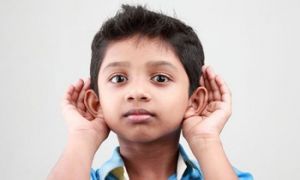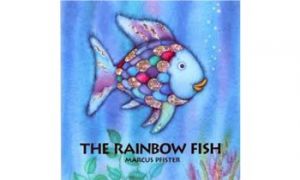A child’s sense of identity is the foundation for all learning, relationships, and wellbeing. Outcome 1 of the EYLF Children have a strong sense of identity reminds us that when children feel safe, seen, and valued, they begin to explore who they are and how they belong. The following article translates the outcome into simplified language to support educators in recognising identity-building moments, responding with emotional intelligence, and documenting children’s growth in ways that are meaningful for families and respectful of each child’s unique story.
What This Means For Children:
- They feel safe, secure, and supported in their environment.
- They express who they are—through choices, preferences, and personality.
- They build trusting relationships with educators and peers.
- They begin to understand their place in the world, including family, culture, and community.
- They show confidence, independence, and pride in their achievements.
How Educators Might Observe This:
- A child says “I don’t want to play that today” and makes a different choice.
- A toddler brings a family photo to group time and shares a story.
- An infant smiles and reaches for a familiar educator.
- A preschooler confidently explains their drawing and what it means to them.
Child-Friendly Phrasing
- “I know who I am and what I like.”
- “I feel safe to be myself.”
- “I belong here and people care about me.”
- “I can say what I need and make choices.”
- “I’m learning to stand up for myself and others.”
Educator Summary
Children feel secure, confident, and included. They express themselves, build relationships, and develop a sense of belonging and agency.
Family Translation
Your child is learning to:
- Feel safe and confident in themselves
- Build strong relationships with others
- Express their needs, feelings, and choices
- Understand their place in the world and in your community
Why It Matters:
When children feel safe to be themselves, they’re more likely to explore, take risks, and build strong relationships. Identity is the foundation for wellbeing, learning, and belonging.
Further Reading
Version 2.0 EYLF Outcome 1
Activity Ideas To Promote EYLF Outcome 1
Achieving EYLF Outcome 1 In The Babies Room
Understanding EYLF Outcome 1
Learning Goals And Activities To Achieve EYLF Learning Outcome 1


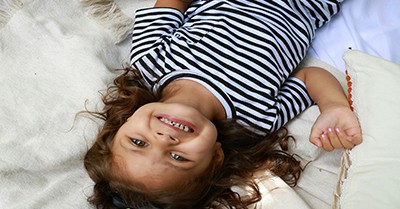

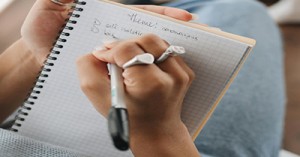
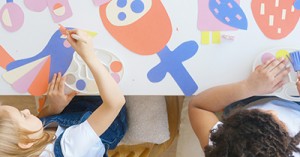
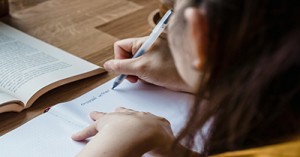
 Here is the list of the EYLF Learning Outcomes that you can use as a guide or reference for your documentation and planning. The EYLF
Here is the list of the EYLF Learning Outcomes that you can use as a guide or reference for your documentation and planning. The EYLF The EYLF is a guide which consists of Principles, Practices and 5 main Learning Outcomes along with each of their sub outcomes, based on identity,
The EYLF is a guide which consists of Principles, Practices and 5 main Learning Outcomes along with each of their sub outcomes, based on identity, This is a guide on How to Write a Learning Story. It provides information on What Is A Learning Story, Writing A Learning Story, Sample
This is a guide on How to Write a Learning Story. It provides information on What Is A Learning Story, Writing A Learning Story, Sample One of the most important types of documentation methods that educators needs to be familiar with are “observations”. Observations are crucial for all early childhood
One of the most important types of documentation methods that educators needs to be familiar with are “observations”. Observations are crucial for all early childhood To support children achieve learning outcomes from the EYLF Framework, the following list gives educators examples of how to promote children's learning in each individual
To support children achieve learning outcomes from the EYLF Framework, the following list gives educators examples of how to promote children's learning in each individual Reflective practice is learning from everyday situations and issues and concerns that arise which form part of our daily routine while working in an early
Reflective practice is learning from everyday situations and issues and concerns that arise which form part of our daily routine while working in an early Within Australia, Programming and Planning is reflected and supported by the Early Years Learning Framework. Educators within early childhood settings, use the EYLF to guide
Within Australia, Programming and Planning is reflected and supported by the Early Years Learning Framework. Educators within early childhood settings, use the EYLF to guide When observing children, it's important that we use a range of different observation methods from running records, learning stories to photographs and work samples. Using
When observing children, it's important that we use a range of different observation methods from running records, learning stories to photographs and work samples. Using This is a guide for educators on what to observe under each sub learning outcome from the EYLF Framework, when a child is engaged in
This is a guide for educators on what to observe under each sub learning outcome from the EYLF Framework, when a child is engaged in The Early Years Learning Framework describes the curriculum as “all the interactions, experiences, activities, routines and events, planned and unplanned, that occur in an environment
The Early Years Learning Framework describes the curriculum as “all the interactions, experiences, activities, routines and events, planned and unplanned, that occur in an environment